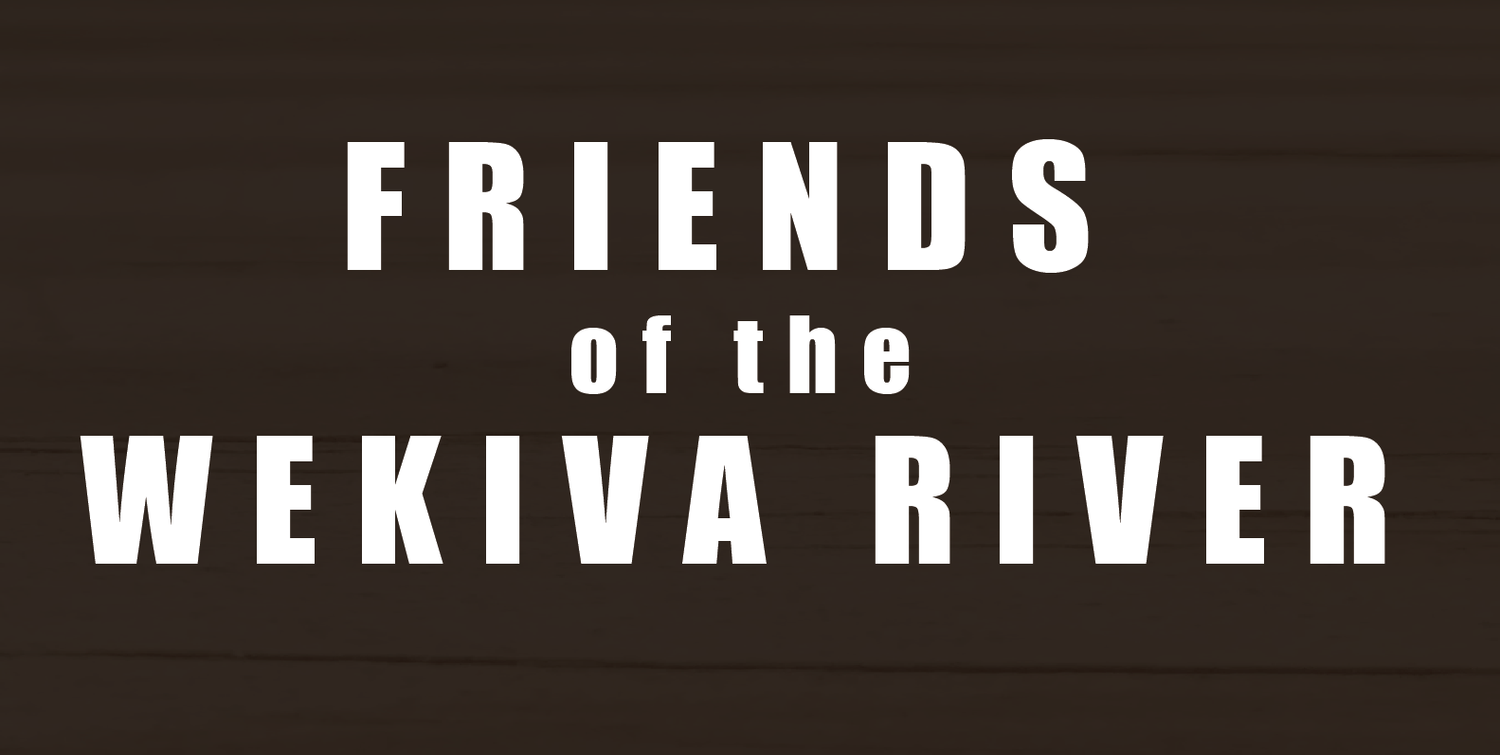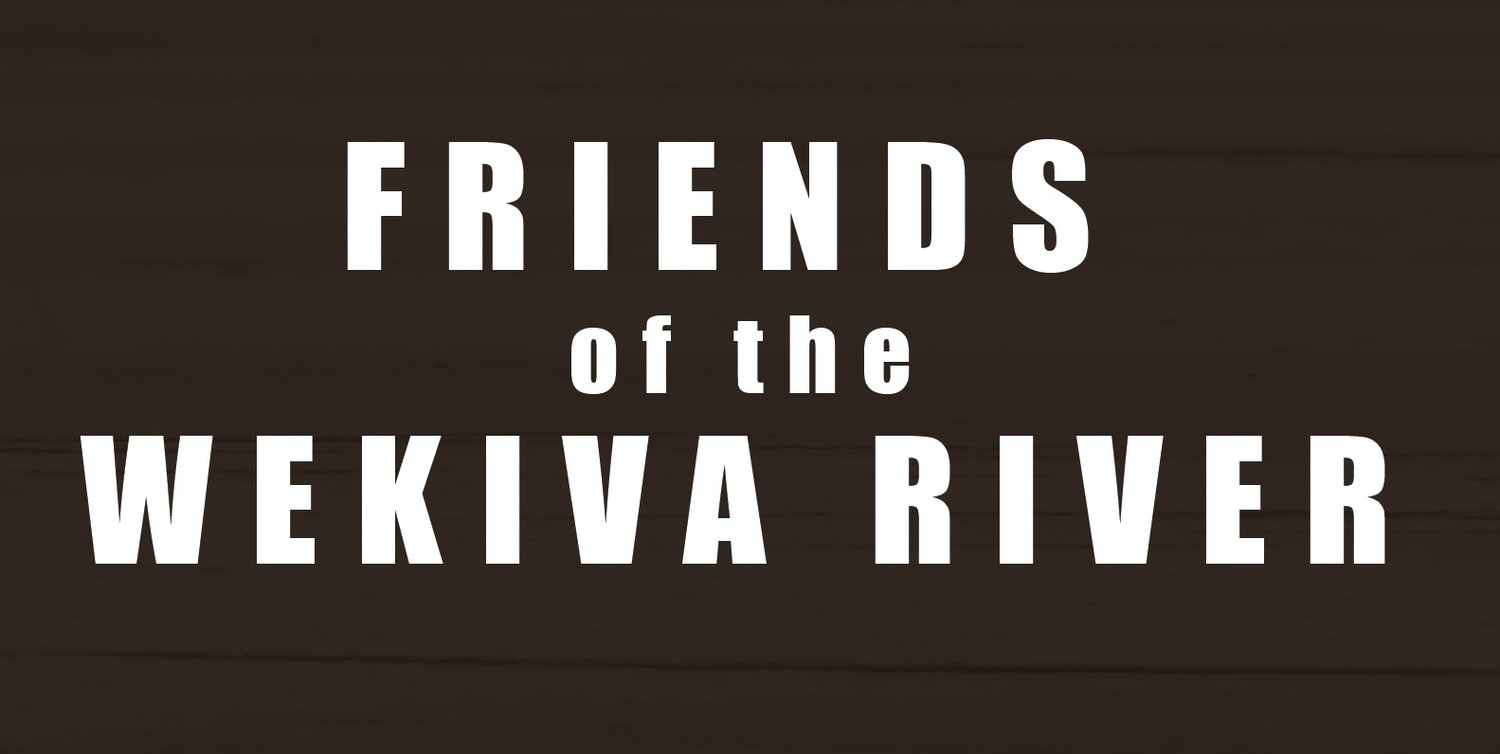Go Wild!
Wilderness experiences are good for the mind, body and soul.
By Jay Exum
Jay is a featured columnist on environmental issues for 2017 editions of Seminole Magazine.
Wilderness. The very word conjures mixed emotions, particularly in our ever-urbanizing world. Is the term positive? Does it connote a place where you would go to experience a variety of wildlife, exquisite natural scenery and true peace? Or is frightening? Is the idea of exploring a wilderness area so inherently dangerous, so remote, so unrelatable that you wouldn’t consider it without a satellite phone and an emergency support team?
I understand and appreciate the latter perspective but want to encourage embracing the former. Wilderness experiences can be therapeutic, exciting, challenging and, ultimately, cathartic. Finding the right way to be exposed to wilderness may be the most important element, and there are lots of opportunities for easy—or more intense—wilderness experiences in Central Florida that can match the desires of almost everyone.
Really, Central Florida has no true wilderness areas, but it does have extensive areas of protected natural lands. In fact, large-scale conservation lands virtually surround Seminole County to the west, north and east. Extensive natural lands associated with the Wekiva River occur to the west and northwest, conservation lands associated with Lake Jesup connect with protected areas to the north around Lake Monroe in Volusia County, and extensive natural lands associated with the Econlockhatchee River and St. Johns River floodplain occur in the eastern portion of Seminole County.
Why plan a trip to a wilderness area? Well, we biologists often have tangible objectives for wilderness exploration: searching for a particular bird, a species of plant in full bloom or a bear track. Biologists, botanists, birders and butterfly enthusiasts are frequently list makers, so when we go into the wilderness, we may set a goal to observe 100 species of birds in a day or document a type of orchid that has never been found in a certain county.
But people with a love for the natural environment and no specific scientific training can also find rewarding wilderness experiences. These might include a hike to a specific vista, capturing a photograph of an interesting lizard or the opportunity to hear or record the sounds of a barred owl calling from a tree 100 feet away. There also are lots of dedicated wilderness hikers with tangible goals—perhaps to hike all trails in a favorite park, finish 8 miles in a day or 20 miles in a week, or even hike the length of the Florida Trail—with the fringe benefits of being surrounded by primitive, natural scenery.
A true wilderness experience also offers an abundance of intangible benefits. Hiking and paddling for several hours have a clear physical benefit, and the exhaustion of a long trek through wilderness areas can produce a unique kind of fulfillment. In wilderness areas, there can be a distinct feeling of connection to past cultures. In areas where there is a captivating water source, a hammock of graceful old oaks, or a view of ancient cypress trees along the fringe of a lake, it’s fascinating to think about the person that had this same view 400 years earlier. How is the natural environment different now than it was then?
Experiencing crowd-free areas with mostly natural noises is stimulating in ways that are predominantly lacking in most lives. And for many, the context of the natural world is spiritual and provides a connection to a larger explanation of life. How any person experiences wilderness should fit his or her own level of comfort with the activity, but pushing the envelope can reap profound benefits.
Our wilderness areas offer an opportunity to enjoy a diversity of life that cannot be matched in an urban area. Every trip, every mile, every day provides a new opportunity to relate to the natural world. Overlooks to the Econ river from a forested bluff, expansive wiregrass prairies across a mature longleaf pine forest or the glowing eyes of alligators along the fringe of Lake Jesup at dusk—these scenes can be enjoyed during a relatively easy jaunt into a Central Florida wilderness. Select the park, schedule a date, get up early and enjoy the experience!
Find a Wilderness Near You
Information on recreation on St. Johns River Water Management District lands can be found at SJRWMD.com/recreation/. This site provides information on recreational activities, trail maps, hunting regulations, and more for the conservation lands that accommodate public access.
Seminole County has purchased extensive conservation lands as a result of previous referenda for land acquisition. Information about recreation on Seminole County’s natural lands can be found at www.SeminoleCountyFL.gov/departments-services/leisure-services/greenways-natural-lands/natural-ls/.
Jay H. Exum, Ph.D., is a wildlife biologist and board member of the Friends of the Wekiva River and the Florida Wildlife Federation.




